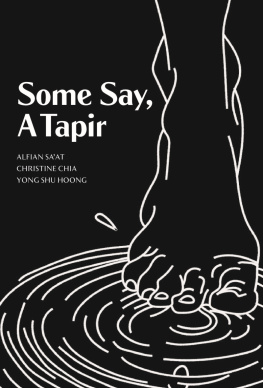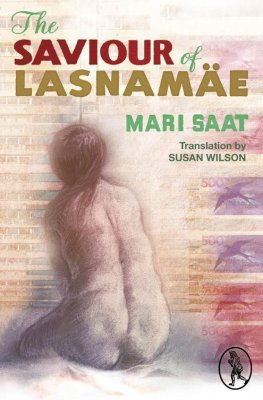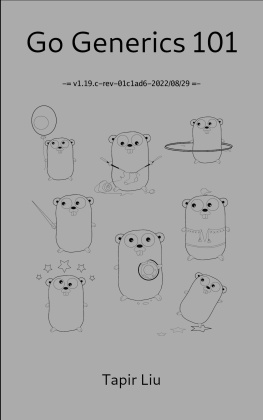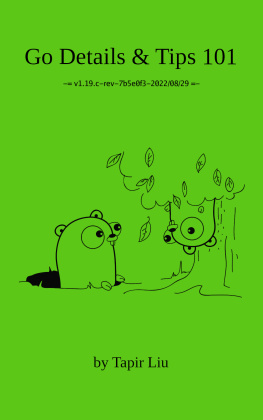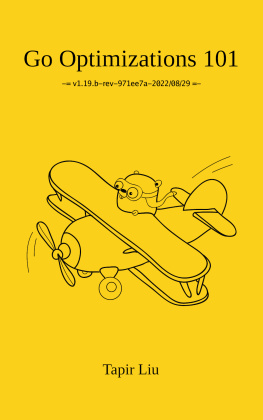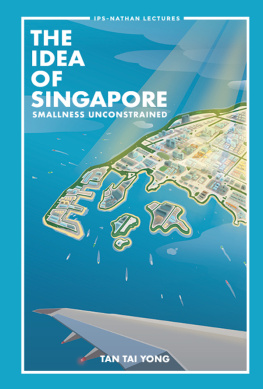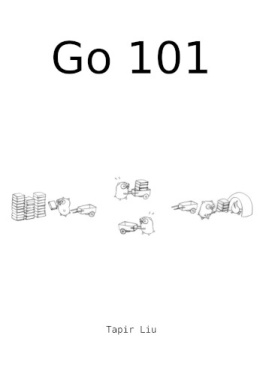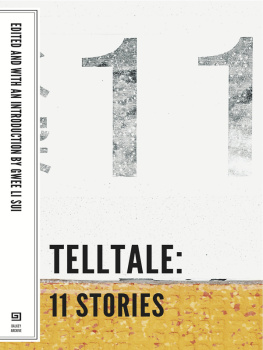Some Say, A Tapir
Featuring new work from Alfian Saat, Christine Chia and Yong Shu Hoong,
Some Say, A Tapir recaptures the year 1299 of Singapores history. The collection delves into storiesboth living and legendof peoples, places and promises. Through the wisps, the myths and the unheard voices, these poems revisit the uncertain past, breathing life into an unsuspecting future.
Hard Truths To Keep Sang Nila Going Alfian Saat This poem cycle will examine the story of Sri Tri Buana as it is documented in the
Sulalatus Salatin, the Genealogy of Kings, which has been often referred to in Orientalist scholarship as the Malay Annals.
At core will be an exploration of how the veracity of the Sulalatus Salatin has been doubted by many commentators who remark on its fantastical elements. For example, there is a tendency to cite from zoological data to throw a skeptical light on the Sulalatus Salatins account of Sang Nila sighting a lion: there are no lions in this part of the world, so the account is false. This is in spite of the fact that many scholars have stressed that the vision of a lionan animal of similar divine provenance as the naga or garudawas symbolic of the mandate of divine kingship. Working from this epistemic tension between empirical facticity and a metaphorical or allegorical mode of writing, the poem cycle will seek to interrogate various truth claims in the manuscript and stage a generative conflict between literalism and mythmaking. If you cannot marry for love, marry for silver
Christine Chia These four poems will use the voices of two different characters of that period: Wan Sri Benian, or Queen Sakidar Shah, adoptive mother and mother-in-law to Sri Tri Buana, and a Chinese sailor abandoned in Borneo in 1292 when he fell sickhe eventually drifted to Singapore and settled there. Blunt Objects
Yong Shu Hoong American author Ursula K. Blunt Objects
Yong Shu Hoong American author Ursula K.
Le Guin, in The Author of the Acacia Seeds and Other Extracts from the Journal of the Association of Therolinguistics, contemplates if there will come a time, with advances in research and technology, when the first geolinguist, who, ignoring the delicate, transient lyrics of the lichen, will read beneath it the still less communicative, still more passive, wholly atemporal, cold, volcanic poetry of the rocks: each one a word spoken, how long ago, by the earth itself, in the immense solitude, the immenser community, of space. Extrapolating from such an idea, these poems imagine how relics from the pastwhether man-made or forged by naturecould inform us of the truths behind historical events and long-held mysteries when their silence is unlocked. Blending historical enquiry and fantasy, the language of poetry is deployed in an attempt to convey the unspeakable words, sounds, music and emotions trapped within the inanimate. But when the hidden soundtrack and memories are excavated, can they be trusted to clarify what we want to find out about our past?

The Scribes
Before Sang Nila Utama There was only shadow-clotted jungle And a beach of virgin white sand. Before Sang Nila Utama There were no drains and canals No shops and markets No palace and its audience hall No port at Teluk Tanjung Ru No rows of thatched roofs On Tanah Merah. Before them There was only a sleepy fishing village Whose inhabitants lacked The genius and perception To transform it into A great seaport and modern metropolis.
Before them There were no libraries No courts and prisons No airport and seaport No oil refineries on conjoined islands. Before them there were only myths. After them a Founders Memorial Built on reclaimed land And a foundation of hard truths.
*Various lines in these poems are either translations, or verbatim transcriptions, of the text of Sulalatus Salatin as compiled, edited and annotated by A. Samad Ahmad in the 1979 publication by Dewan Bahasa Dan Pustaka (Institute of Language and Literature).
The Lion
Sang Nila saw a lion on Temasek When he first landed on the island
There are no lions in Singapore In the Sulalatus Salatin it says
Do you mean the Malay Annals As they were clearing the trees Suddenly there passed an animal Whose movements were swift Red was its body, dark was its mane And white was its breast;
Its fur should be buff or brown Its manner was powerful, Slightly larger than a male goat And after it spotted so many men It leapt, and disappeared from view Why didnt they give chase to it There are no lions in Singapore Thus Sang Nila asked, What animal has that appearance? How come he doesnt know And not a single person answered I guess he didnt bring along a zoologist Demang Lebar Daun then spoke Whos this guy is he making things up My lord, I have heard stories That one with such manner and behaviour Is called a lion, my lord It was probably a tiger or even a tapir Thus Sang Nila decreed Let us establish our kingdom here As a powerful beast lives in it; And let us call Temasek Singapura Sekonyong-konyong melintas seekor binatang History must be disentangled from fiction Maha tangkas lakunya Natural history will give us answers Merah warna bulu tubuhnya There was no lion in Singapore Kehitam-hitaman kepalanya And therefore no Sang Nila Dan putih dadanya A romance invented by the Johor court Sikapnya terlalu perkasa To glorify the Malaccan Sultanate Besar sedikit daripada kambing randuk There may be founding myths Setelah ia melihat orang banyak itu But a founder must not be mythical Lalu ia melompat, ghaib daripada mereka itu Thus it leapt, and disappeared from view.
The Crown
Then, with the will of Allah Most Great, After their vessel had sailed, And the sand no longer visible, A storm blew from the southwest, Accompanied by ferocious waves.
Sang Nilas father, Raja Suran Wanted to explore the sea. He asked his wise men To create a tank made of glass That could be locked from the inside. All the ships were scattered, Except for those carrying Sang Nila, Demang Lebar Daun, The Menteri Bupala and Hatala. As much as they baled their vessel The water still rose to their knees. Raja Suran landed in the kingdom of Dika Populated by the Bu Sum people And ruled by Raja Aktabul-Ard. He married the kings daughter, Puteri Mahtabul-Bahri Who later bore him three sons.
Then Sang Nila commanded, Throw overboard all its contents So that our vessel may stay afloat. Thus all the footed trays, plates, gold trays, Gold pedestal bowls, as well as all things Made of silver and gold-copper alloys Were cast into the roiling sea. Raja Suran asked Asmaghiah Peri, The king of the djinns, To fashion crowns for his three sons. Asmaghiah Peri brought him three crowns From King Solomons treasury. As they neared Telok Belanga, Their vessel was close to capsizing. What else is in this vessel, That it refuses to stay afloat? Menteri Bupala then answered, My lord, I believe it might be your crown.

